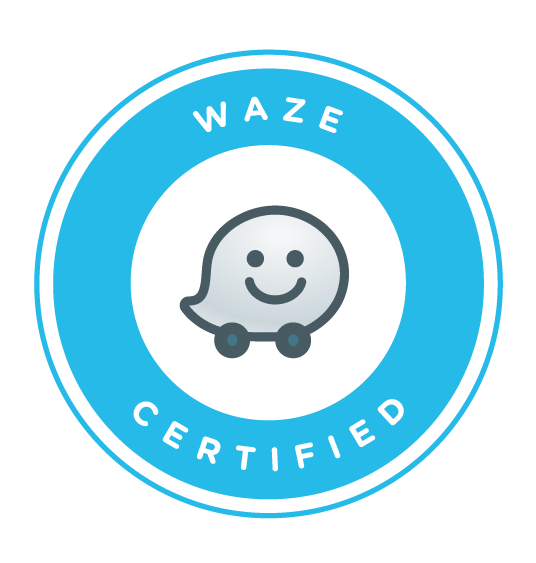 A buyer persona is a potent combination of research and creativity. They enable you to distill your amorphous ‘target audience’ into a concrete and clearly defined individual ‘persona’. This will enable you to market your product or service to a carefully researched, and intelligently created, ‘persona’, who embodies the broad demographics and characteristics of your audience.
A buyer persona is a potent combination of research and creativity. They enable you to distill your amorphous ‘target audience’ into a concrete and clearly defined individual ‘persona’. This will enable you to market your product or service to a carefully researched, and intelligently created, ‘persona’, who embodies the broad demographics and characteristics of your audience.
There are a number of ways to create audience personas, but we’ve developed our own process over the years which boils the persona down to its essence. You can add criteria that you feel may be of value to your persona, or remove existing criteria which you feel would unhelpful. As a working template, however, you have everything you need here to create a great audience persona.
How to Create a Buyer Persona
To begin with, all you need is the personal info (name, company, position, etc) of a handful of your target audience. This could be existing or potential clients, readers of your blog, or event attendees, depending on the nature of your business and the types of audience you are looking to target.
Ideally you will have 5-6 names to form your persona, allowing you to survey a broad range of audience demographics and characteristics, and to pull out those elements that occur most frequently.
Job Title
Here you will be researching the type of profession, size of company, and particular role of your target persona. Throughout this process, social media will be your greatest ally. For this particular step, LinkedIn is likely to prove most beneficial. The professional network contains a wealth of information on exactly this type of information, and is an invaluable resource for forming buyer personas.
Demographics
For ‘demographics’ you are looking for things like age, gender, location and education. This type of information will require a bit of digging, and while some demographics, such are gender and age are likely to be more or less self evident, others, such as education, may require a little more research. Once again, social media, in particular Facebook, where people share key demographic information, is likely to yield the best results.
Goals and Challenges
This is where creative thinking comes in. You have to place yourself in the shoes of the individual you are researching, and ask yourself the question ‘what are my primary goals and challenges?’. The demographic and job information should provide a solid foundation for you to ask and answer these types of questions. For example, the primary challenge of a social media manager may be to create high quality content on a consistent basis, while for an architect, or a head teacher it is likely to be something else altogether. Establishing goals and challenges enables you to create highly tailored campaigns which your audience are likely to find valuable/informative/persuasive as it attempts to help them either realise their goals or to overcome the challenges they face.
Digital and Online
This is simply an inventory of the online presence of your audience. Are they mostly active on Facebook or Twitter, do they share photos on Instagram or Snapchat, or maybe both, or neither? At what points of the day are they most active, and how likely are they to share to content? This type of information will enable you to distribute your content on the platforms which are most likely to reach your audience.
Naming your Persona
This is the easy part! Just pick a name for the persona, it can be a composite of the names of the audience you have researched, or a made up name that just ‘fits’.
What Next?
Now you have your buyer persona you can go ahead and share it with your team. Stick it up on the office wall and refer to the persona at every point throughout your marketing campaign.
Good luck!






